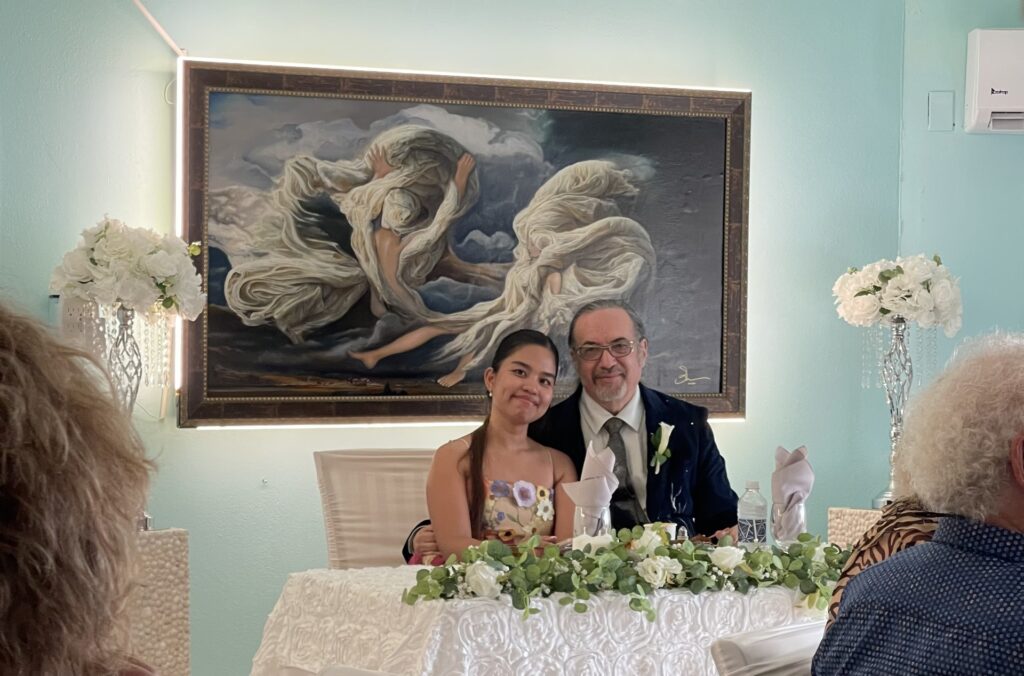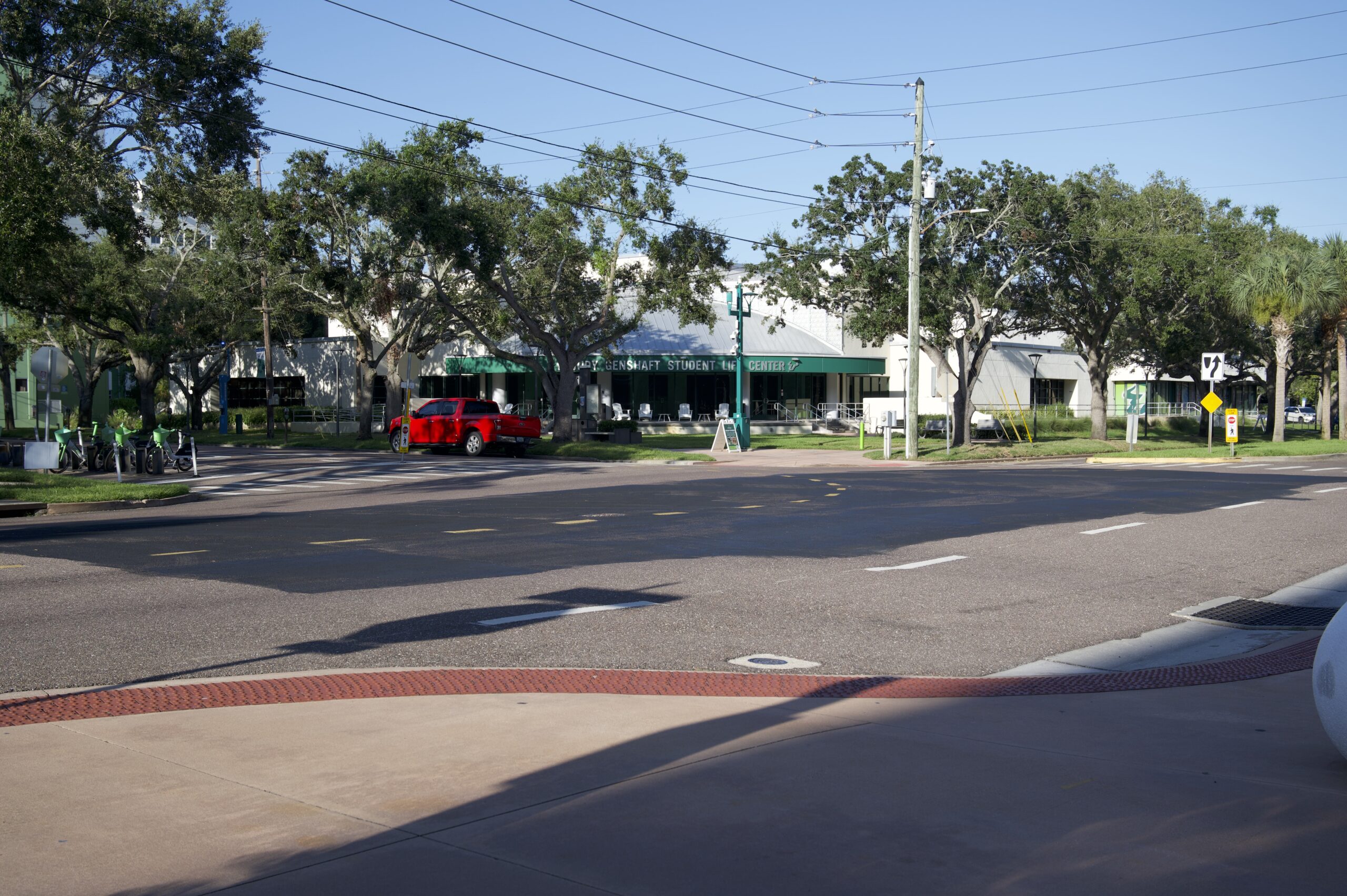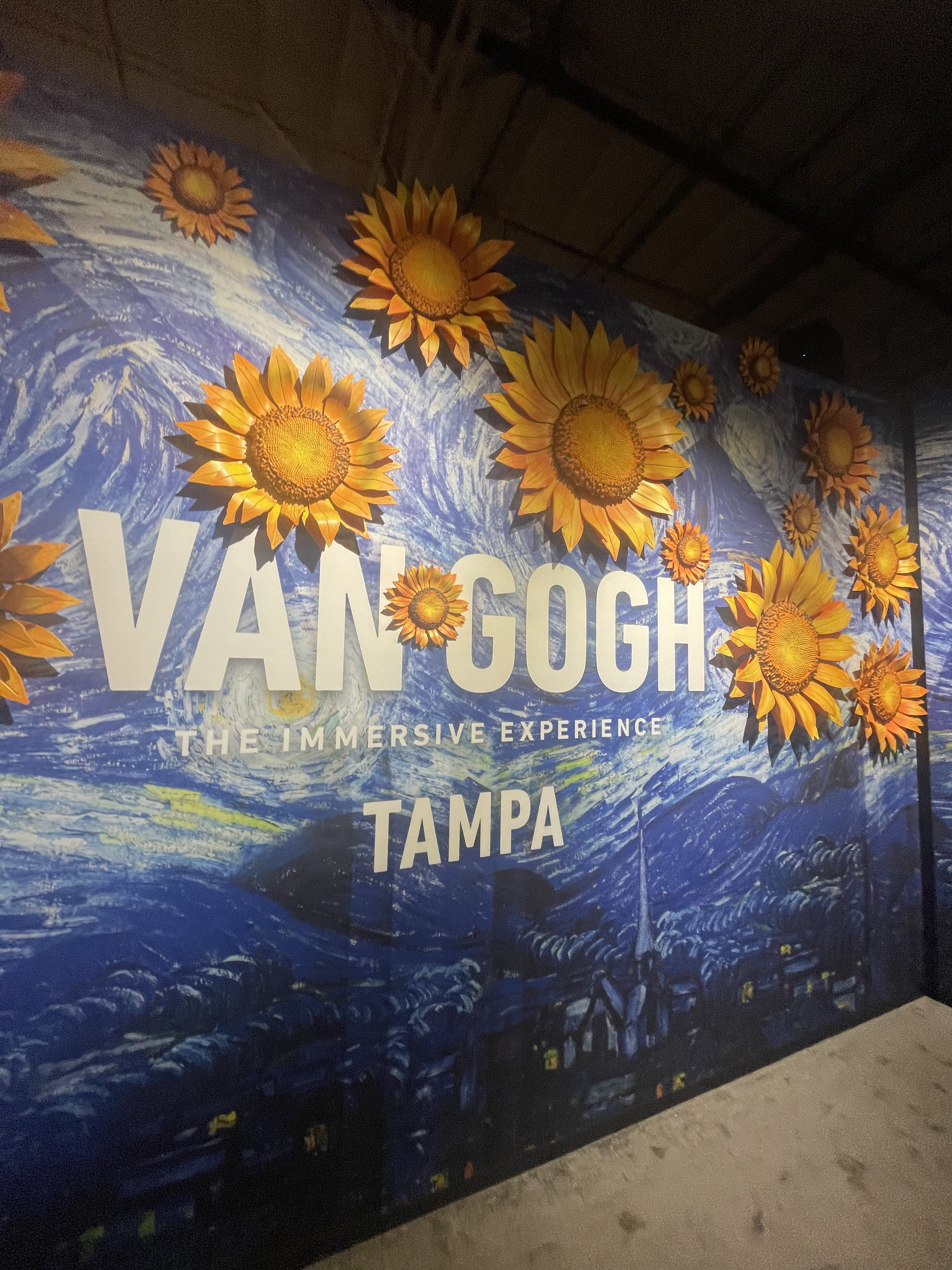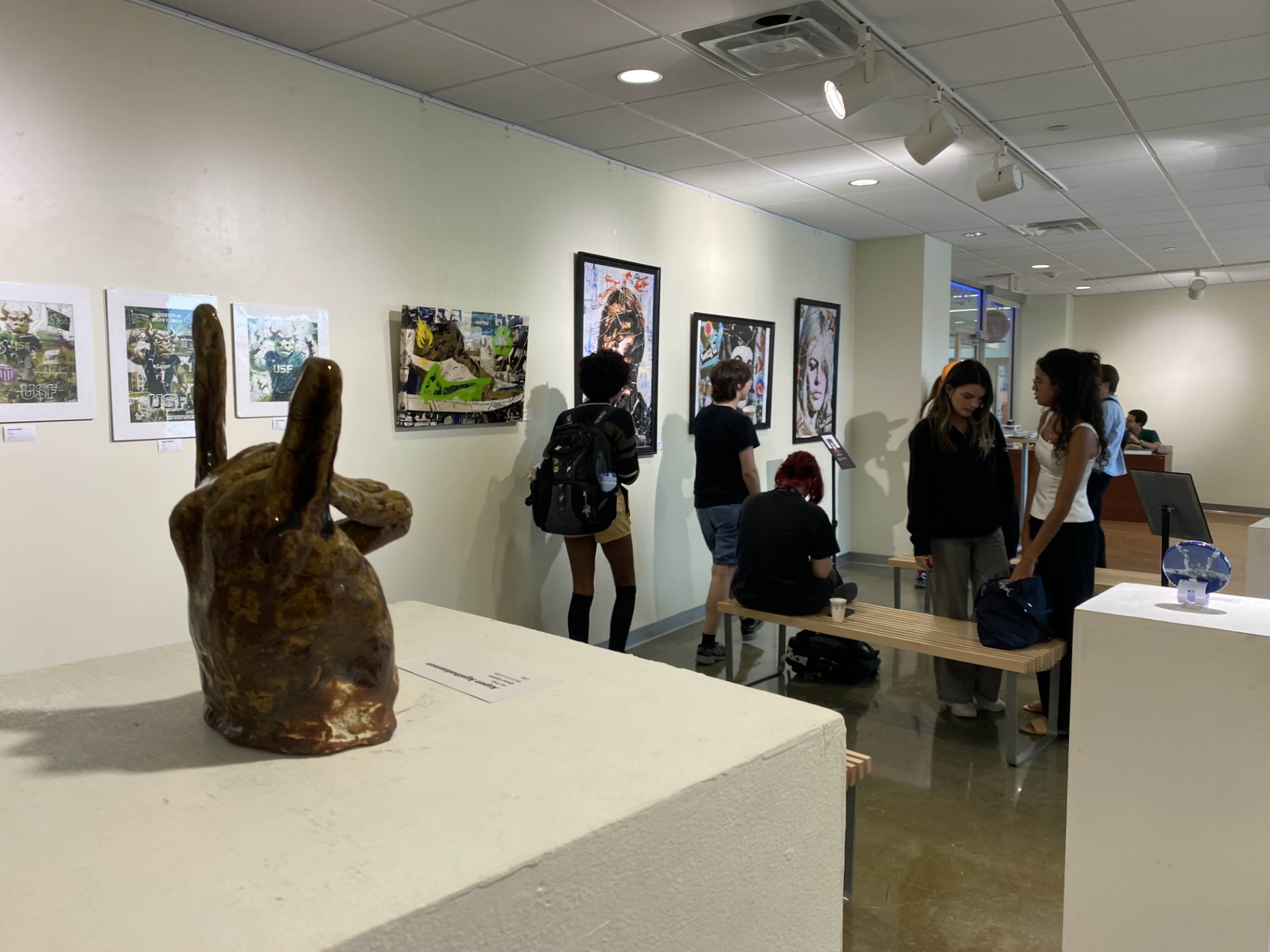
By Jordon Pfeiffer
Nearly two years ago, as the Imagine Museum began their curatorial procedures and new gallery configurations, never in their employees’ wildest dreams could they have prepared for the peculiar artist they were soon to exhibit.
Louis Markoya, former protégé to Salvador Dalí and self-proclaimed innovator, has been a well-known local artist. Having had six years of tutelage under the famed surrealist, Markoya’s stylistic approach reflects clear influence from the teachings of his mento.
He is most notable for his lenticular artwork, a medium that plays on the illusion of depth and movement. Markoya’s pieces appear as if they are moving with the viewer, something he asserted Dalí always wanted to achieve in his work. However, contention has surrounded the St. Petersburg artist as whispers of artificial intelligence in his works have started to make headway.
“Despite my honest opinions about the use of AI within the art world, I can’t say I’m surprised to find out he’s used AI in his pieces,” former Imagine Museum employee Tony Botero said. “It doesn’t shock me as much as it used to that big names such as himself are turning to the use of AI, just disappointed.”
Botero was one of the first to see Markoya’s work on display. His former title of museum experience associate also allowed him to meet the St. Pete celebrity.
“At first it didn’t bother me,” Botero said. “And, if I were being completely honest, I did like a few of his pieces. I tend not to judge people for their art skills or style. But once I found out that his art had heavy use of AI, I felt irritated.”
Markoya’s lenticular artwork remained showcased at Imagine for more than a year and a half, the museum’s owner having even purchased a few pieces for her permanent collection. But after a book signing with a small turnout and a disagreement with those in charge, the local artist left the museum, taking his AI pieces with him.
Noah Christophersen, a current MEA at Imagine, recalled the spectacle of Markoya quitting.
“It’s fitting because it doesn’t feel like real art that he makes,” Christophersen said. “So, whenever that gets called out it’s like, ‘oh okay, I’ll take this elsewhere.’ And then he takes it elsewhere.”
As a longstanding employee, Christophersen was granted the up close and personal advantage to form many opinions on artificial intelligence and its implementation in acreative setting.
“I think it’s okay to draw inspiration from, because it does create interesting visuals and topics that you could use in your own way,” Christophersen said. “But whenever you just throw something into ChatGPT and say, ‘create an artwork,’ and then slap that on the wall, there’s no creativity that you can call your own.”
Both men shared a similar stance over the use of AI in artistic spaces, having expressed their concern for freelance artists losing possible work to the quickness of machines.
“It spits in the faces of those who’ve devoted their entire life to perfecting their craft,” Botero said. “AI has its uses, just not in art.”
However, there are many who would debate these standpoints, believing AI to be undeniable and therefore, necessary to adapt with.
Triparna De Vreede, assistant professor of information systems and director of the Behavioral AI Lab at the University of South Florida described AI as a tool artists, like Markoya, can use rather than detest.
“Whatever is the most trendy, most ubiquitous technology will get into every part of our lives,” De Vreede said. “Whether it’s art, whether it’s music, whether it’s research, whether it’s education, whether it’s administration, you name it. The question is not whether AI should be part of art. It’s a matter of: What about art do we want to keep human? And what is it that we don’t mind delegating?”
While Botero and Christophersen were apprehensive of AI’s future artistic endeavors, De Vreede was confident that classic art will always survive.
“Think about theater,” De Vreede said. “Now, we have movies. We have animations. We have immersive experiences. But theater’s still stuck around. It has been here for thousands of years, it’s still here. So art will never die. People who want to do it with their hands will do it, and there will be people like me who buy handmade art because that’s a beautiful thing. The whole point of art s the messiness of it, the uncertainty of it. Good artists are not a dying breed. But those who are not so good may begin to lean on AI.”
Despite his fixed variance on Markoya’s utilization, Botero agreed with De Vreede that the artists who create without using AI have to keep on creating, not be afraid of change and instead make changes themselves.
“Louis Markoya, with his past regards with Salvador Dalí, has earned him the title of artist,” Botero said. “It leaves a bad taste in my mouth to admit it, but in life one has to face harsh realities despite the facts behind them. There are plenty of peoplewho I dislike entirely, who have a title attached to their names, and Louis is no exception. At the end of the day, nothing changes, so we have to be the ones to make that change before it’s too late.”
In spite of the many skewed attitudes in regards to artificial intelligence’s use in art, from Markoya’s AI-ed lenticulars to just a simple brainstorming session, one thing is for certain: AI is “truly omniscient,” according to De Vreede.
“It’s not just Markoya obviously, but artists like Markoya, whether it’s a good thing or a bad thing, are definitely changing the art game forever,” Christophersen said. “Once AI touches something, it’s never leaving.”



